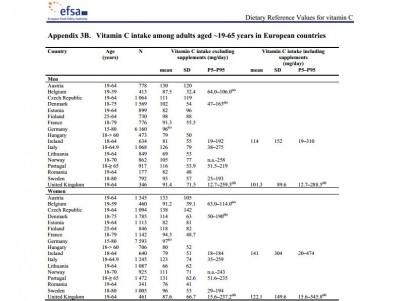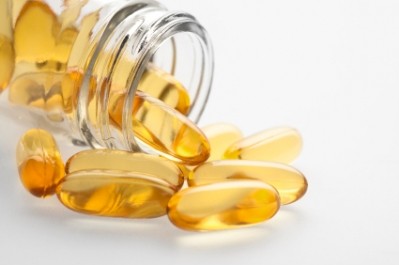Could conditions of use condemn health claim victories?

The Panel on Dietetic Products, Nutrition and Allergies (NDA) has reached a major milestone in their work on health claims by publishing evaluations of the last group of successful ‘general function’ Article 13 claims.
Despite the rigorous scientific evaluation of each claim, there seems to have been a disparity related to setting these claims in context of current dietary patterns of EU consumers, ultimately the end-users of products that will carry the approved health claim. Here are two examples that illustrate the potential problems with some conditions of these claims in the context of current practices in the EU.
Walnuts
Claim 1: Walnuts contribute to the improvement of the elasticity of blood vessels Conditions of claim: The beneficial effect may be obtained with a daily intake of 30g of walnuts.
Reality of walnut intake: If we consider the dietary intake of walnuts (as consumed and as part of recipes) in the UK adult population aged 19-64 years (UK National Diet and Nutrition Survey (NDNS) 2000-2001) (Office for National Statistics, 2005), mean intakes for the total population are calculated as only 0.06g/day.
Even considering consumers of walnuts in the UK sample (3%), their mean intake was only 2.2g/day. For consumers, this related to approximately 13 times less than the recommended intake of 30g walnuts/day for the health effect. So what does this mean to someone attempting to improve the elasticity of their blood vessels though the intake of walnuts?
As the average weight of a shelled walnut is approx 1.5g per walnut half, this could be obtained by advising people to consume 20 walnut halves per day. In theory possible, but is this feasible over the long term? You’d have to be nuts about walnuts to get what you need!
Another option would be to present the equivalent of 30g walnuts/day in a single purified form, but again, how acceptable would that be to the average EU consumer? With so many other food supplements on the market, how can even the most discerning food supplement guru recognise what supplements are needed for what health benefit, and which ones are suited to them.
Olive oil polyphenols
Claim 2: Consumption of olive oil polyphenols contributes to the protection of blood lipids from oxidative stress.. Condition of claim: The beneficial effect is obtained from a daily consumption of 10g of olive oil. In order to bear this claim 10g of olive oil must contain at least 5 of hydroxytyrosol and its derivatives (e.g. oleuropein complex and tyrosol).
Reality of olive oil intake: If we consider the dietary intake of olive oil (as consumed and as part of recipes) also in the UK adult population (NDNS 2000-2001) mean intakes for the total population are calculated as only 0.55g/day. Even considering consumers of olive oil in the sample (25%), their mean intake was 2.12g/day, which is only one fifth of that required for the claimed health benefit.
Therefore the most obvious way to facilitate an intake of 10g/day would be to advise consumers to increase their total oil intake by approximately five-fold. This advice would however, go against all public health nutritional recommendations at national and international levels, which have long been advocating that people need to reduce the amount of fat they consume in their diet.
Taking the most recent data available in the UK, total fat provides 34-36% food energy across all age groups (UK NDNS, 2011) and the UK Dietary Rexommended Value (DRV) for total fat is 35% of food energy intake.. Therefore by encouraging the population to have a five-fold increase in their daily oil intake does not fit in with current national policy. To adhere to current recommendations, we need to replace “bad fat”, such as from animal sources with “good fat” such as olive oil.
Another possible approach could be to advise adults to substitute olive oil in place of spreads and/or butter. From the 2000-01 UK NDNS survey of adults, the mean intake of all margarine, spreads and butter (including when used to fry foods) was 12.1g/day for the total population, thereby presenting a possible vector for a straightforward substitution.
The challenge to food technologists would be to increase the current amount of olive oil added to spreads in order to reach the aforementioned health claim. This is why understanding prevailing dietary patterns of the population is vital for implementing effective food-based dietary guidelines.
Therefore recognising existing and proposed dietary patterns can be a key to scientific and commercial success.
Dr Aine Hearty is an intakes expert at Intertek Cantox.














